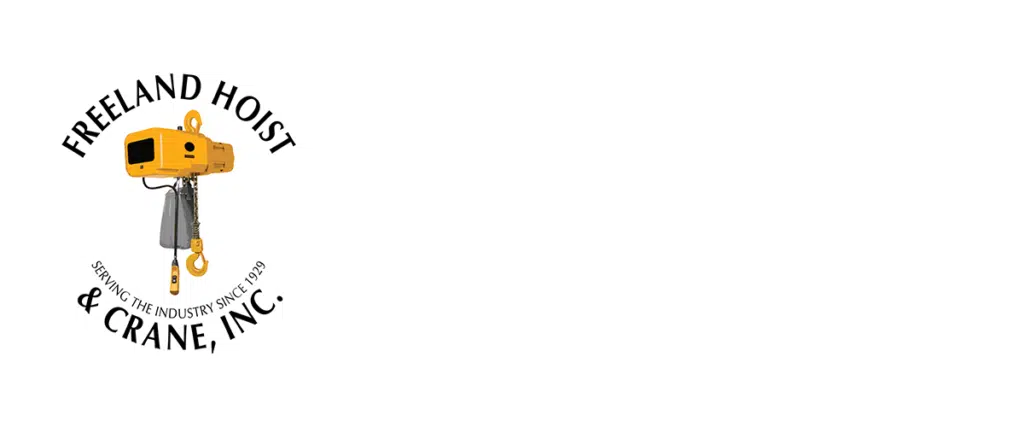About
In 1876 Sampson Moore in England designed and supplied the first ever electric overhead crane, which was used to hoist guns at the Royal Arsenal in Woolwich, London.
To move extremely heavy or bulky loads through the overhead space in a facility, instead of through aisles or on the floor, an overhead crane (also called an industrial crane, crane, or overhead traveling crane is a machine that lifts, lowers and moves a load horizontally. Overhead cranes have high lifting capacities for load movement. Crane travel is directed by an operator, either manually or with a wired pendant station or wireless controls that guide their electric- or pneumatic-powered travel. Typical uses include multi-directional movement of materials to support manufacturing, storage, loading or unloading activities inside a facility, outside in a yard, or at a railway or shipping port.
Overhead cranes cover a rectangular area, moving a load side to side and backward and forward. The lifting device, called a hoist is mounted on a trolley for horizontal movement across a bridge beam connected to one or more horizontal girders which are supported at either end by end trucks. The end trucks are attached at right angles to the girders and move on fixed runways. The horizontal travel of push type cranes is powered manually by the operator; alternately, an electric overhead crane is powered by electricity. Still other cranes can be air-powered (pneumatic). Cranes come in a variety of styles and are used with a number of attachments to facilitate load lift, including:

Top Running Crane
An electric overhead traveling crane having the end trucks supported on rails attached to the top of the crane runways.
Underhung Crane
An electric overhead traveling crane having the end trucks supported on track attached to the bottom flanges of the beam; or supported on bottom flanges of beams. These beams make up the crane runway.
Single Girger Crane
An overhead traveling crane that utilizes a single bridge beam attached to the two runway/end trucks. This bridge beam or single girder supports a lifting mechanism or hoist that “runs” on the bottom flange of the bridge beam.
Double Girder Crane
An overhead traveling bridge crane that utilizes two bridge beams set atop the runway (end) trucks. Generally this type of crane utilizes a top running trolley hoist which moves along the top of the two bridge beams on its own set of trucks/trolley wheels. The hook from the hoist “falls” between the two bridge beams. Headroom under the crane is increased by utilizing this hoist/crane configuration.
BOX GIRDER CRANE
Utilizes a four-sided box configuration in fabricating the bridge girder. This enhances the crane’s load capacity and accommodates wider bridge distances. Generally, they are utilized in pairs with the hoisting mechanism operating on rails attached to the top of each box girder.
MONORAIL SYSTEM
A continuous run of fixed, overhead track on which carriers or trolleys—equipped with trolley hoists to lift, lower and suspend the load—travel.
STACKER CRANE
Cranes that use a load handling device other than a hoist, such as a rotating ridged or telescoping mast suspended from the bridge trolley and equipped with single or double forks or a gripping lifter.
WORK STATION CRANE
An overhead crane generally used for ergonomic purposes and consisting of bridge(s) and runways made from enclosed metal track. End trucks attached to the bridge girder allow for ease of movement. The entire system is designed to allow workers to move loads by hand pushing the load with the assistance of a vertical lifting device such as a hoist or vacuum lifter.
GANTRY CRANE
A crane similar to an overhead crane except that the bridge for carrying the trolley or trolleys (with lifting device) is rigidly supported on two or more legs running on fixed rails or other runway.
JIB CRANE
Wall- or floor-mounted, jib cranes rotate off an axis and can move a load in a circular area, either 180° or 360°. A variety of types are available, depending on the mounting requirement to support the application.

